NEOLITHIC PERIOD:

During this period of human development, social differentiation based on management of resources such as food is found in social structures exhibited by housing structures of varying sizes surrounding community camp structures. Many houses were skillfully built from local materials such as adobe, plaster, or timber structures with intricate woodwork joints. Windows are little more than holes in the walls of buildings, but they may have had mesh or solid coverings.In some societies, plaster walls were painted or decorated with mosaic tiles.
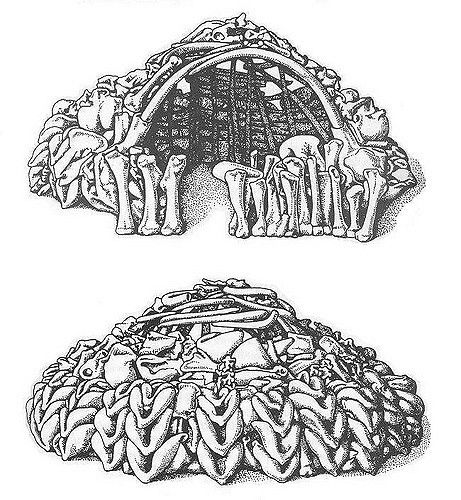
PALEOLITHIC PERIOD:
The earliest examples of Paleolithic dwellings are cave dwellings, followed by houses made of wood, thatch and stone. Early humans chose places where they could protect themselves from predators and rivals, and where they were sheltered from bad weather.
MESOPOTAMIA:
The Mesopotamian civilization was a civilization that produced amazing architecture and works of art throughout its existence and duration.
Various forms of architecture were built throughout Mesopotamia, each for specific reasons, from religious purposes to protection from outsiders. Many of these structures did not emerge overnight. With the many discoveries documented by archaeologists, some Mesopotamian structures are believed to have taken nearly 2,000 men three to five years to complete.
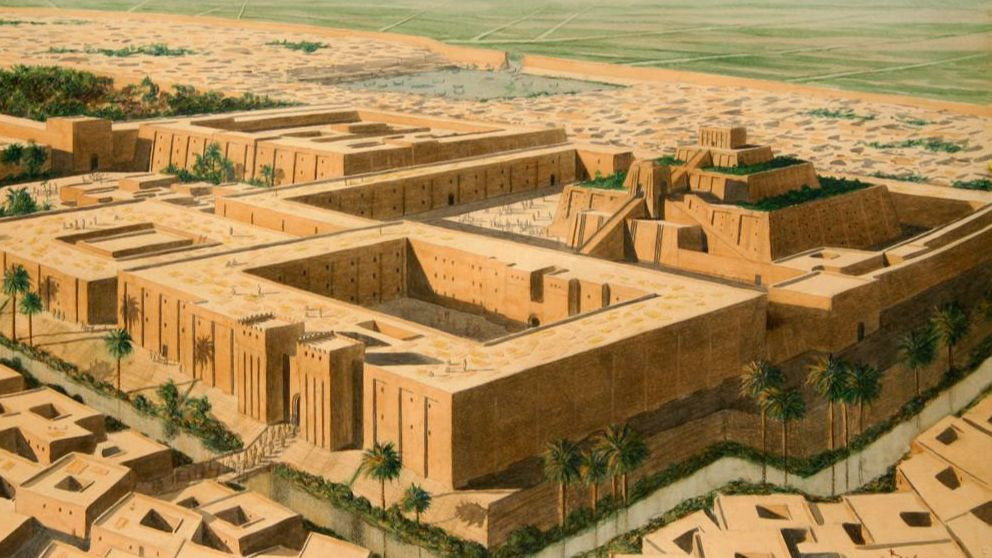
One form of architecture that was constructed was the ziggurat, a tall tower built for religious purposes. These towers were one of the first architectural forms created by the Mesopotamians and were also the residences of priests. The tower was built very high to prevent flooding and to hold religious ceremonies at the top. Each ziggurat was connected to other buildings to form «complex» building forms, with courtyards usually placed at the center of these complexes.
EGYPT:
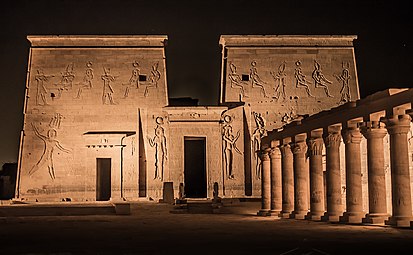
The ancient Egyptians used stone, the most durable of all building materials, to build pyramids, tombs, temples and palaces. Remains of Egypt’s monumental architectural achievements are found throughout the country as a tribute to the greatness of this civilization. These construction projects required not only a high level of architectural and technical skill, but also a large organization of highly skilled craftsmen and workers.
GREEK:

The ancient Greeks had their own architectural style that is still imitated today in government buildings and major monuments around the world. It is known for its tall columns, intricate details, symmetry, harmony and balance. The Greeks constructed all kinds of buildings. The most important examples of Greek architecture in existence are the great temples they built for their gods.
The Greeks built most of their temples and government buildings in Doric, Ionic and Corinthian style. These styles were reflected in the type of columns used. Almost all columns had grooves in the sides called rills. This created depth and balance to the pillars.
ROMAN:
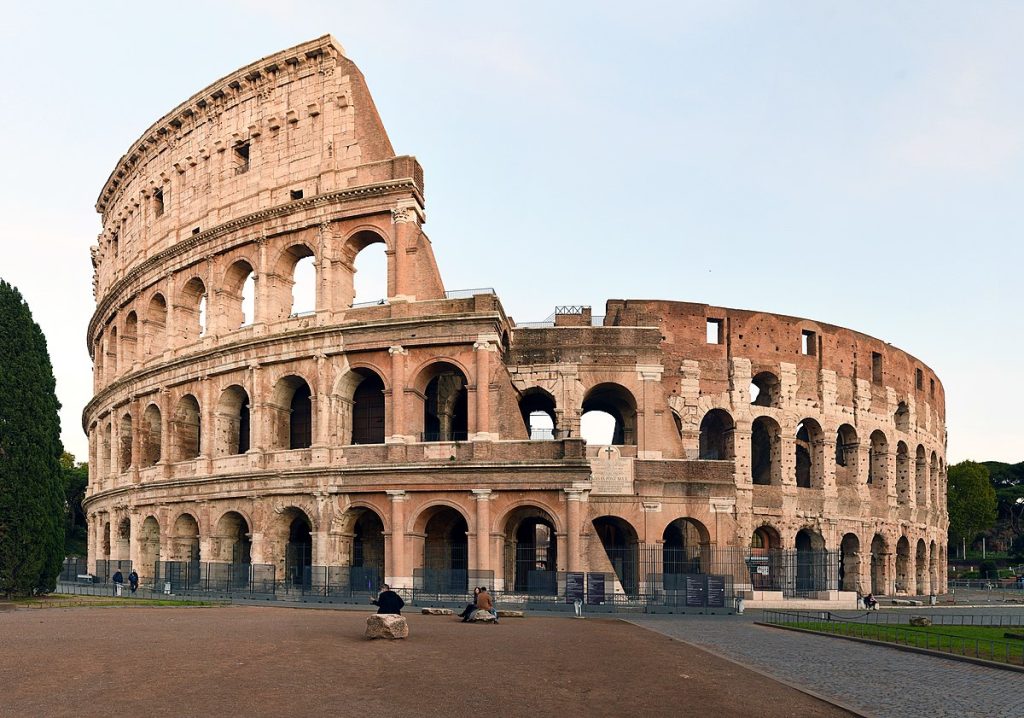
Roman architecture continued the legacy of Greek architects and established an architectural order, especially the Corinthian. The Romans were also innovators, combining new building techniques and materials with creative designs to create entirely new architectural structures. Typical innovative Roman buildings included cathedrals, triumphal arches, monumental aqueducts, amphitheaters and blocks of flats.
BYZANTINE:

Byzantine architecture emerged from the development of a distinctive architectural style around Byzantium, the new Roman capital).
The construction took place in his two stages. Main methods: Basilica or axial and circular or central plan. However, especially after the invention and use of domed pendentives, a variety of architectural styles developed.

PRE ROMANESQUE:
Pre-Romanesque art and architecture is the period of European art from the emergence of the Merovingian kingdom around 500 AD or from the Carolingian Renaissance in the late 8th century to the beginning of the Romanesque period in the 11th century.
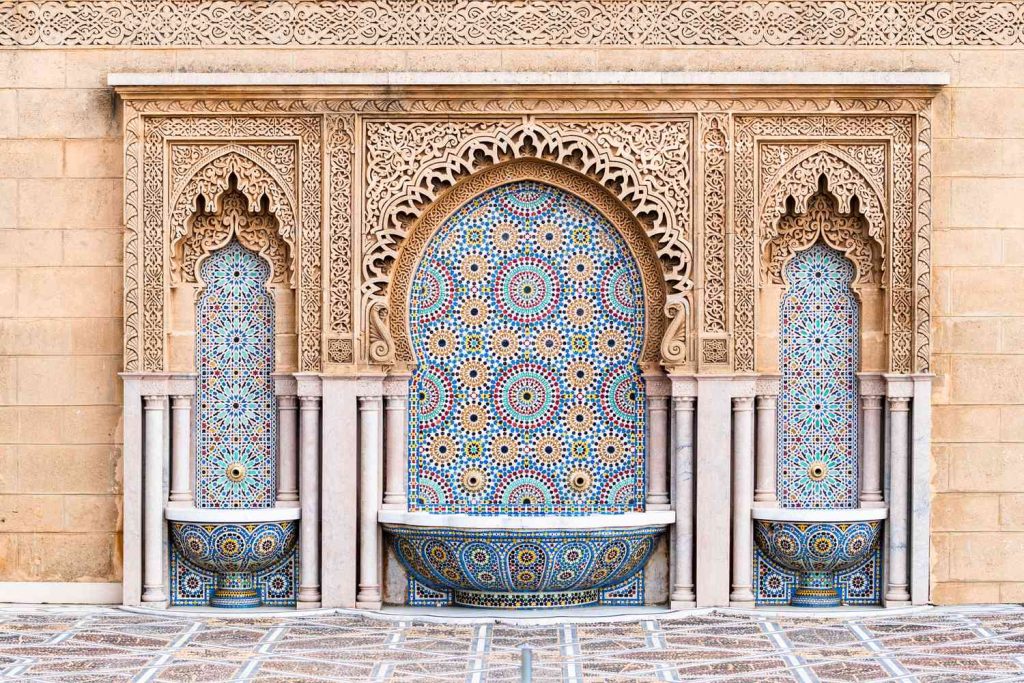
ISLAMIC:
Islamic architecture is a category of centuries-old architecture rooted in Islamic principles. The striking sculptural forms and often dazzling decorative details that characterize Islamic architecture make it one of the most impressive structures in the world.
ROMANESQUE:
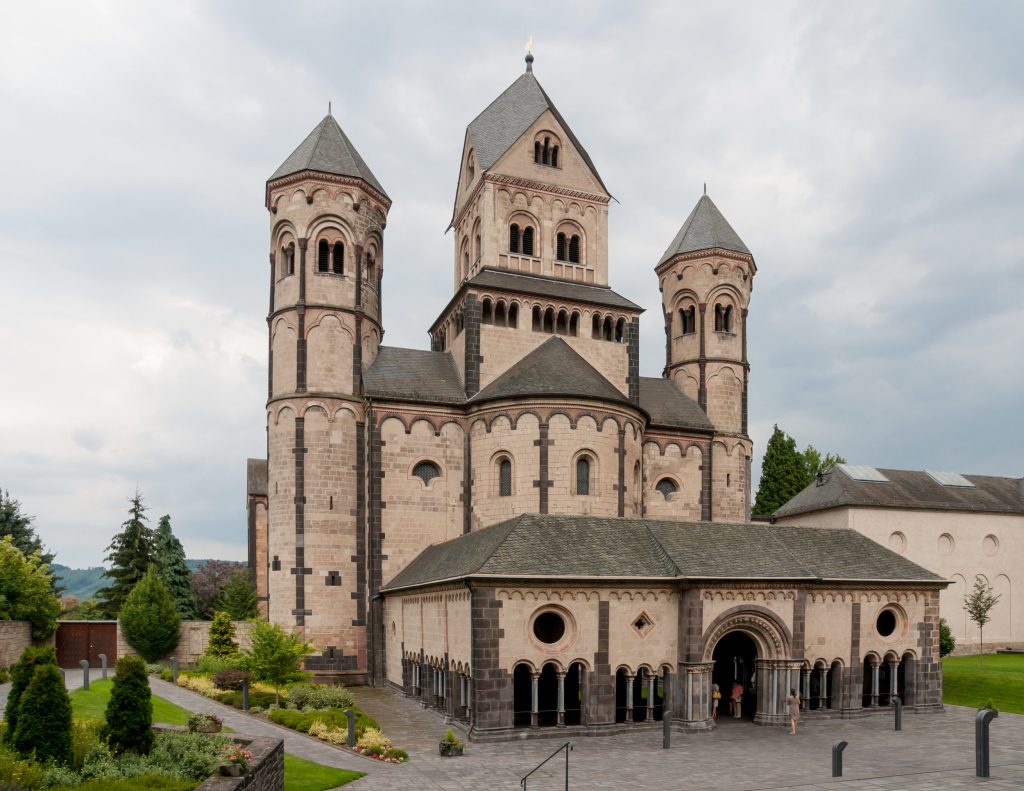
From about 1000 to 1200 AD, the Romanesque style was the architectural style most closely associated with ecclesiastical architecture throughout Western Europe. The Romanesque style was a precursor to the more familiar Gothic style, drawing on classical Roman precedents such as semicircular arches and stone vaults. It marked the turn of the first millennium, with a period of church building, religious fervor, prosperity, and population growth.
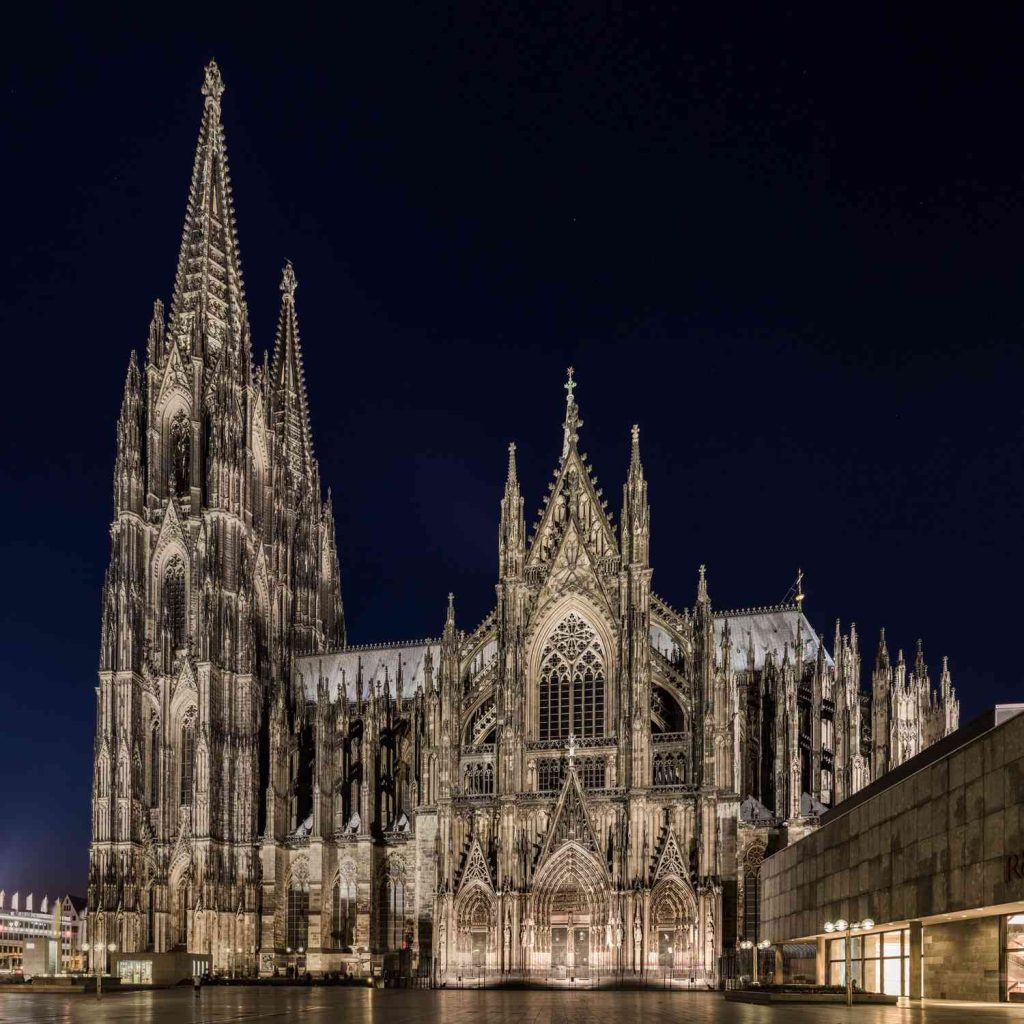
GOTHIC:
Known for its pointed arches and large stained-glass windows, Gothic architecture is a European type of architecture that emerged in the mid-12th century and became popular in the 16th century. Gothic architecture, often used for churches, cathedrals and other huge stone buildings, was very popular not only in its native France, but also in Europe and other parts of the world.
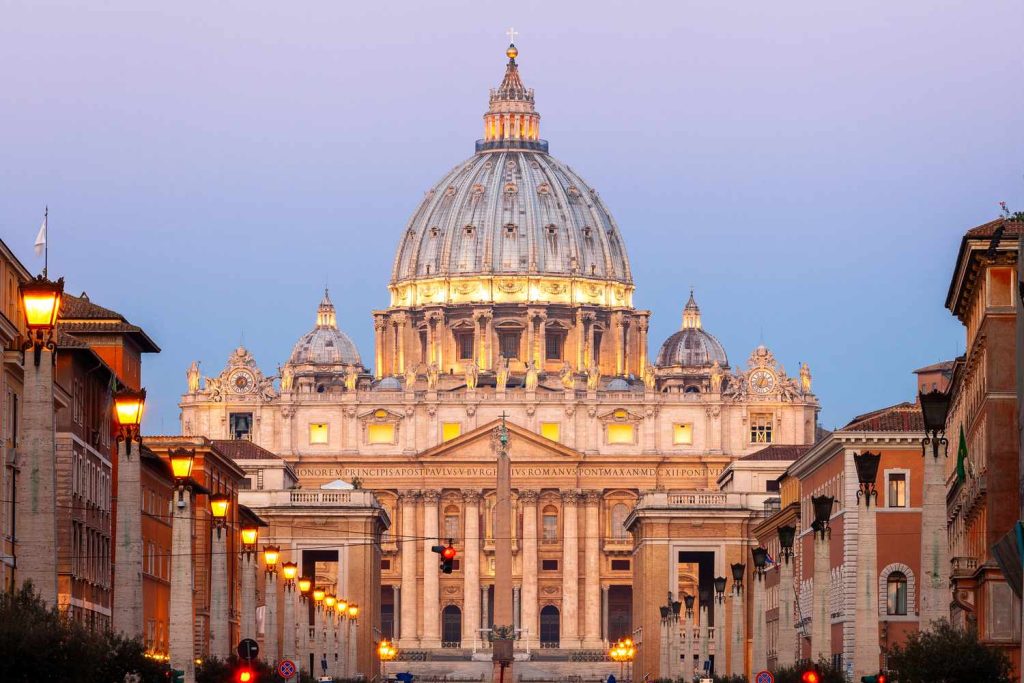
RENAISSANCE:
Renaissance architecture refers to an influential architectural style that began in Italy around 1400 and spread throughout Europe over the next two centuries. It has produced some of the most valuable monuments.

NEOCLASSICAL:
Neoclassical architecture is known for its tall columns, majestic grandeur, and simplicity of design compared to other prominent styles of the time. Inspired by ancient Greek and Roman buildings, it became popular in America and Europe from the mid-18th century to his early 19th century. From Washington DC and New York to Paris and London, the Greco-Roman era has inspired the architecture of some of the most enduring buildings of our time.

19TH CENTURY:
Nineteenth-century architecture was strongly influenced by early architectural movements and foreign exotic styles adapted to new modern technologies. Revival Greek, Gothic and Renaissance designs were fused with modern engineering methods and materials.
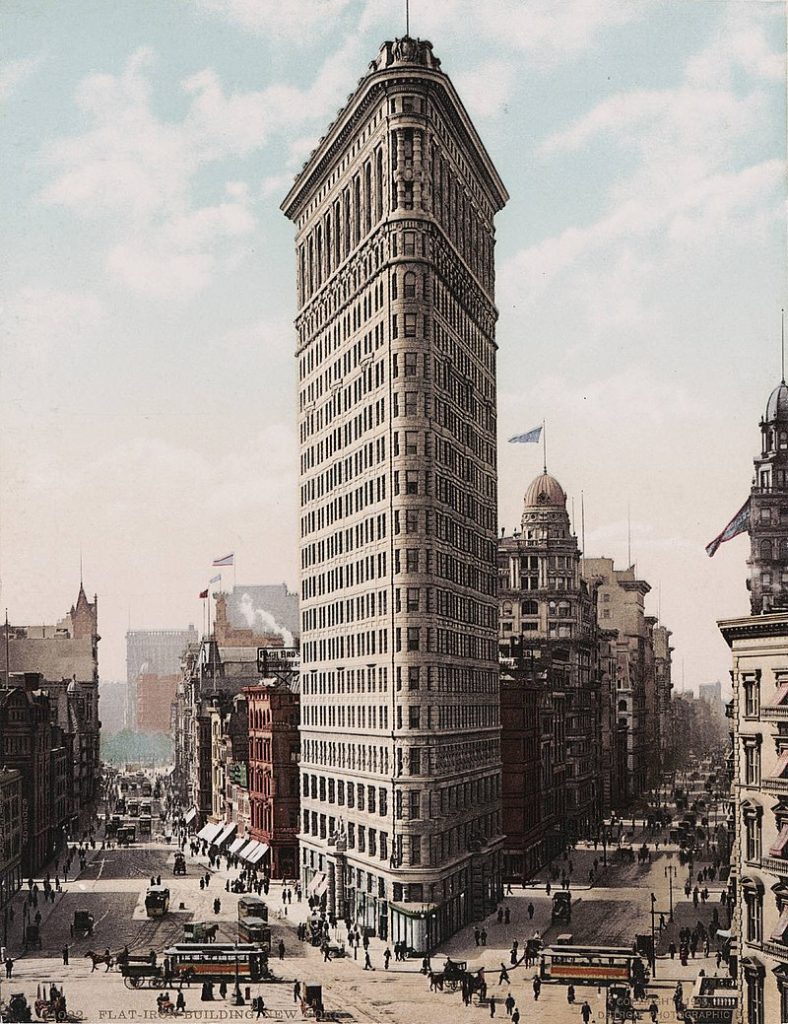
20TH CENTURY:
The modernist movement in architecture was an attempt to create functionalist, non-historical architecture in which a new sense of space was created with the help of contemporary materials. It was shaped by the belief that the 20th century gave rise to a «modern man» who needed a radically new kind of architecture.
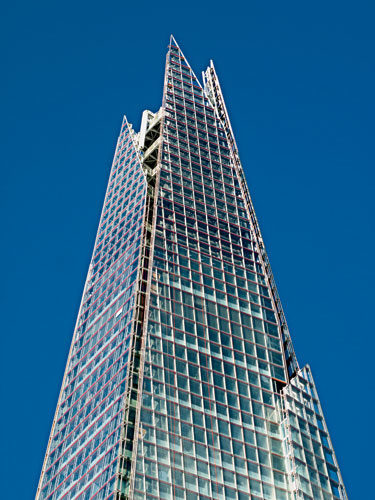
21TH CENTURY:
Modern architecture is the architecture of the 21st century. There is no single dominant style. Contemporary architects work in a variety of styles, from postmodernism and high-tech architecture to highly conceptual and expressive forms and designs reminiscent of large-scale sculpture.